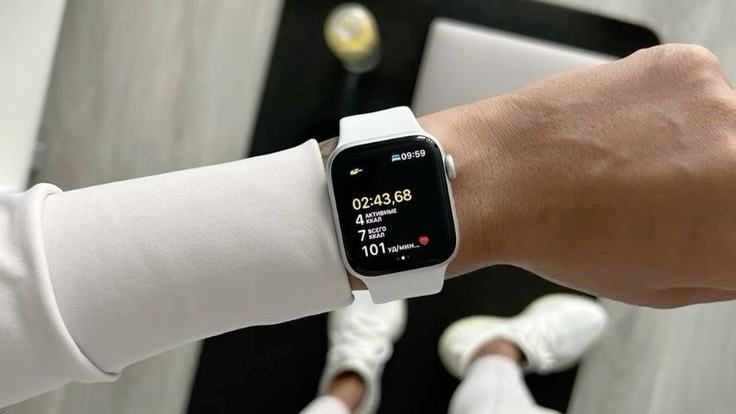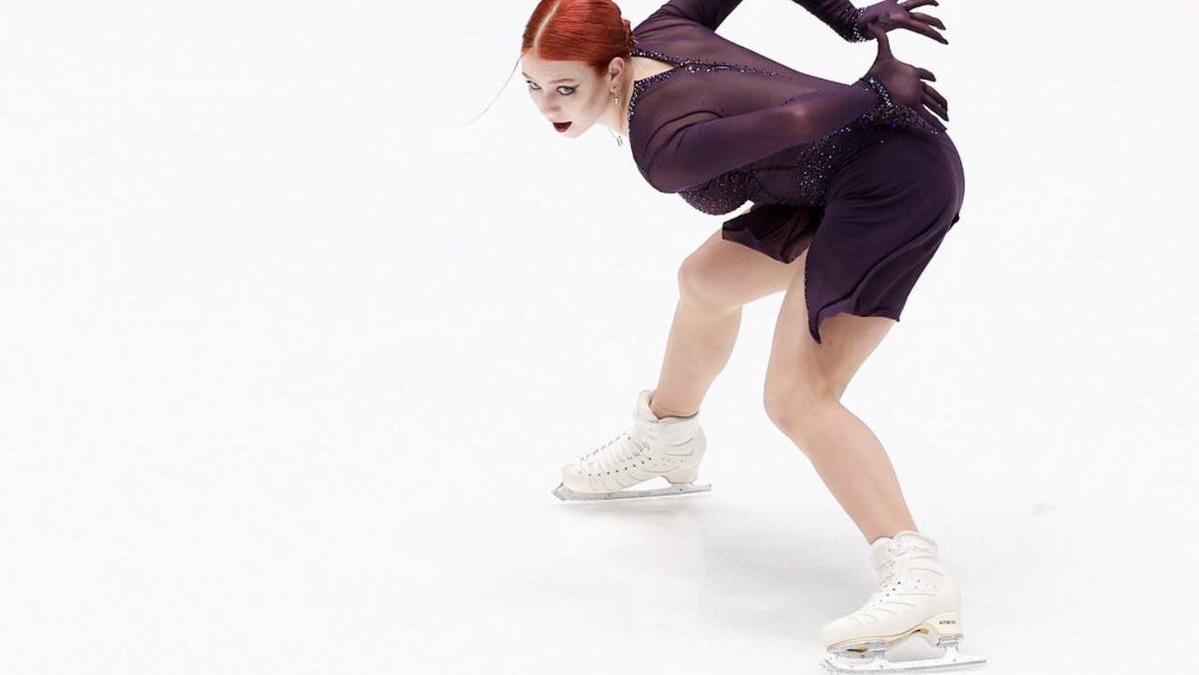January 15, 2025
Alexandra Trusova Expecting a Child
April 11, 2025

In a world obsessed with data, wearable fitness tech—particularly smartwatches—has become a staple for gym-goers, runners, and weekend warriors alike. These sleek devices promise to track steps, monitor heart rates, and even nudge you toward better habits, all with the goal of boosting your fitness results. But do they really deliver, or are they just shiny gadgets feeding our love for numbers? Let’s dive into the science and real-world impact of smartwatches to see if they truly move the needle on performance and health.
Smartwatches offer a front-row seat to your body’s metrics—steps taken, calories burned, heart rate zones, sleep patterns. “It’s like having a coach on your wrist,” says Dr. John Higgins, a sports cardiologist at McGovern Medical School. The idea? Real-time data empowers you to tweak workouts, push harder, or rest smarter. A runner might hit a target pace, a lifter could optimize rest intervals, and a yogi might track stress through heart rate variability (HRV).
Science hints at potential. A 2021 Journal of Medical Internet Research study found that wearable users increased daily steps by 20% (about 1,500 extra) compared to non-users, thanks to instant feedback and goal-setting features. Heart rate tracking, meanwhile, lets athletes stay in sweet spots—say, 70-85% of max heart rate for endurance—boosting efficiency. But precision isn’t perfection; accuracy varies, with some devices off by 10-15% on calorie counts, per a 2020 Medicine & Science in Sports & Exercise analysis.
The motivational jolt is undeniable. “Seeing progress keeps me going,” says marathoner Priya Patel, who credits her smartwatch for shaving minutes off her PR. Gamification—badges, streaks, reminders—taps into psychology’s reward system, releasing dopamine with every milestone. A 2022 Psychology of Sport and Exercise study showed that wearable users were 25% more likely to stick to exercise routines over six months, driven by these mini-wins.
Yet, there’s a flip side. For some, data becomes a tyrant. “I’d stress if I didn’t hit 10,000 steps,” admits Patel. A 2021 Health Psychology survey found that 15% of users felt anxious when metrics dipped, turning motivation into pressure. Elite athletes, like Olympic swimmer Michael Phelps, often ditch wearables during peak training, relying on feel over figures—suggesting obsession can overshadow instinct.
Beyond workouts, smartwatches shine in recovery tracking. Sleep stats—duration, stages, quality—guide rest, a cornerstone of gains. “Sleep’s where you rebuild,” says strength coach Eric Cressey. A 2020 Sleep study linked consistent sleep tracking to a 12% improvement in next-day performance (speed, strength) among athletes who adjusted bedtime based on data. HRV monitoring, which reflects stress and readiness, helps too—low scores signal overtraining, prompting rest days.
Hockey star Sidney Crosby, known for meticulous recovery, uses wearables to fine-tune off-ice habits. But accuracy matters: a 2019 Journal of Sleep Research review found some devices overestimate deep sleep by 20%, potentially misguiding recovery plans. When they work, though, they’re a game-changer—less guesswork, more science.
Do smartwatches directly boost results? Evidence is mixed. A 2021 British Journal of Sports Medicine meta-analysis of 30 studies showed wearable users improved aerobic capacity (VO2 max) by 5-8% over 12 weeks—modest but meaningful—likely from optimized intensity via heart rate zones. Strength gains, however, lean on placebo: a 2020 Journal of Strength and Conditioning Research study found no significant lift increases tied to wearables, as dumbbells don’t care about your wrist stats.
Elite runners like Eliud Kipchoge use them sparingly, favoring coached pacing over gadget reliance. “Data informs, but it doesn’t run the race,” his team notes. For amateurs, though, that 5% edge—or even a placebo boost—can spark PRs, suggesting value lies in perception as much as physiology.
Smartwatches aren’t flawless. Battery life (12-48 hours) falters during ultra-events, and sweat or cold can skew sensors—hockey players mid-game or skaters in subzero rinks know this frustration. Data overload’s another trap: “People fixate on numbers and forget form,” warns Cressey. A 2022 Sports Health study found that 10% of users overtrained chasing metrics, risking burnout or injury.
Cost—$100 to $500—also looms. Do you need one? A 2019 American Journal of Public Health review says no: basic fitness gains (weight loss, stamina) match non-wearable plans if discipline holds. The tech’s an amplifier, not a foundation.
Crosby monitors HRV pre-game; Patel sets pace alerts for long runs. Both blend tech with feel—data as a guide, not gospel.
Smartwatches can improve results—upping steps, sharpening workouts, and honing recovery—but they’re not magic. Science shows modest gains in cardio and adherence, fueled by motivation and sleep insights, yet accuracy wobbles and overreliance risks stress. For elites like Crosby or Kipchoge, they’re tools, not crutches; for everyday athletes, they’re a nudge toward better. Do they work? Yes, if you wield them wisely—track, tweak, then trust your body. The real result isn’t on your wrist; it’s in your stride.
By Vitalina Andrushchenko, Staff Writer

January 15, 2025
Alexandra Trusova Expecting a Child

April 05, 2025
Alexandra Trusova and Makar Ignatov Reveal the Gender of Their Future Child

December 26, 2024
2025 World Junior Championship Schedule